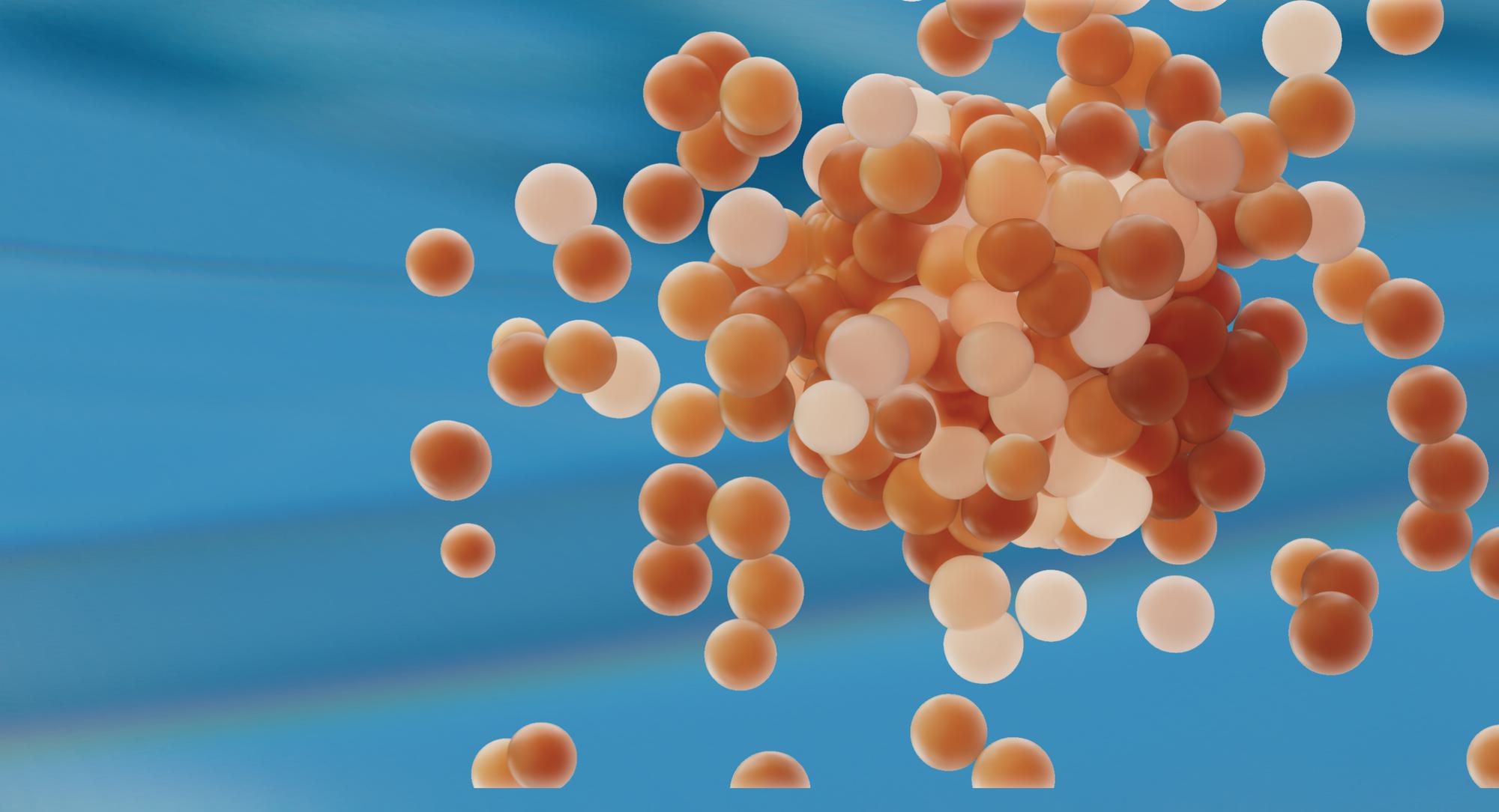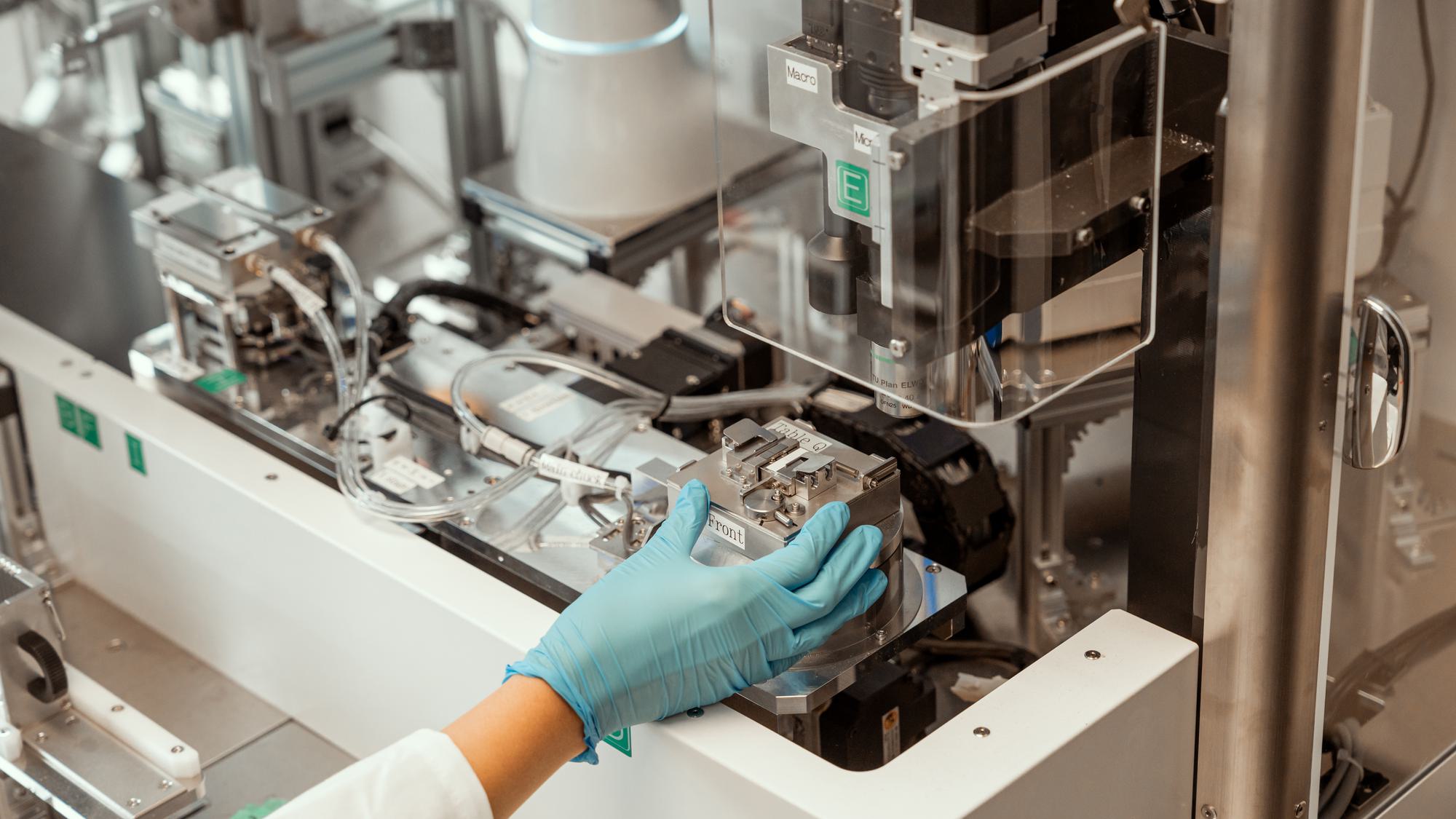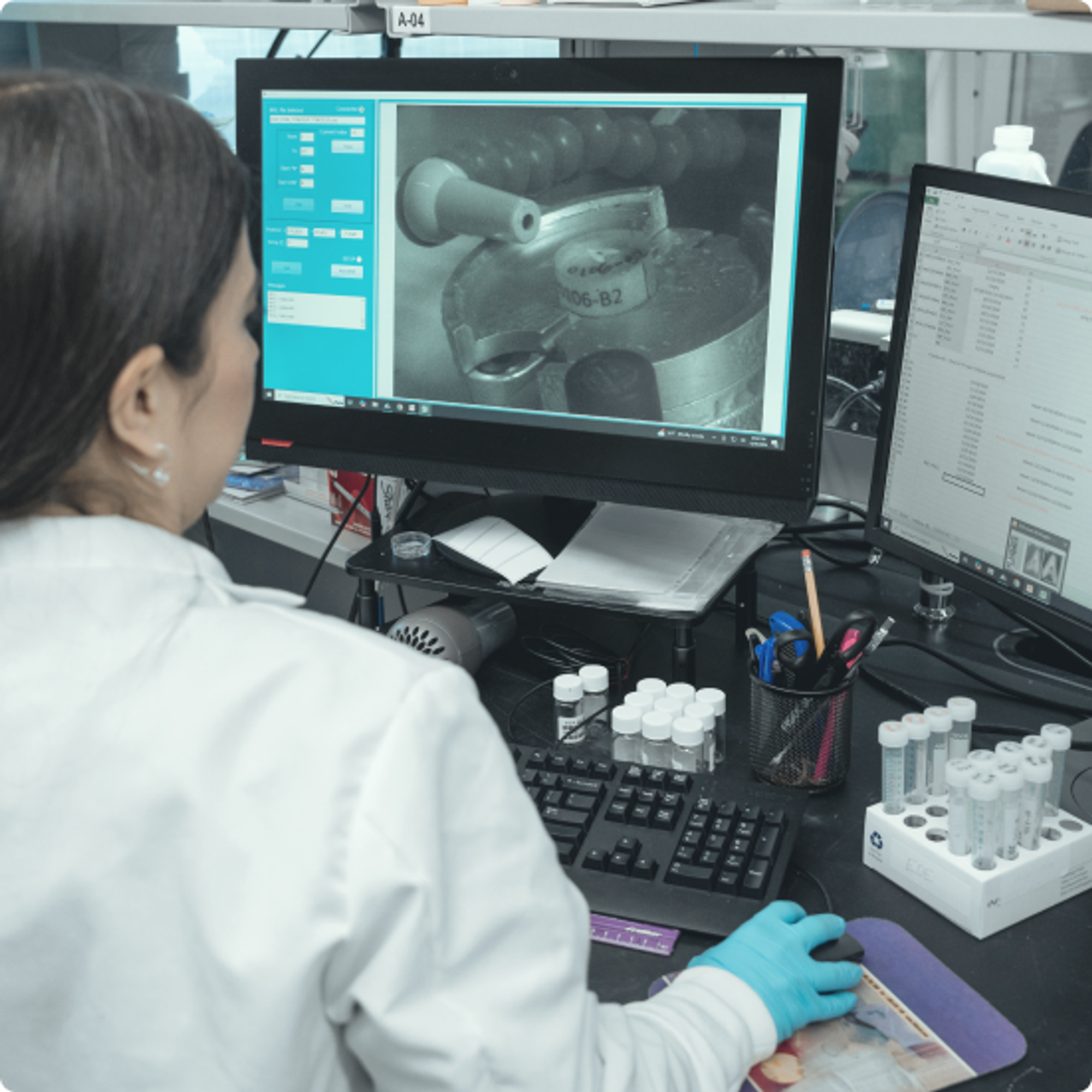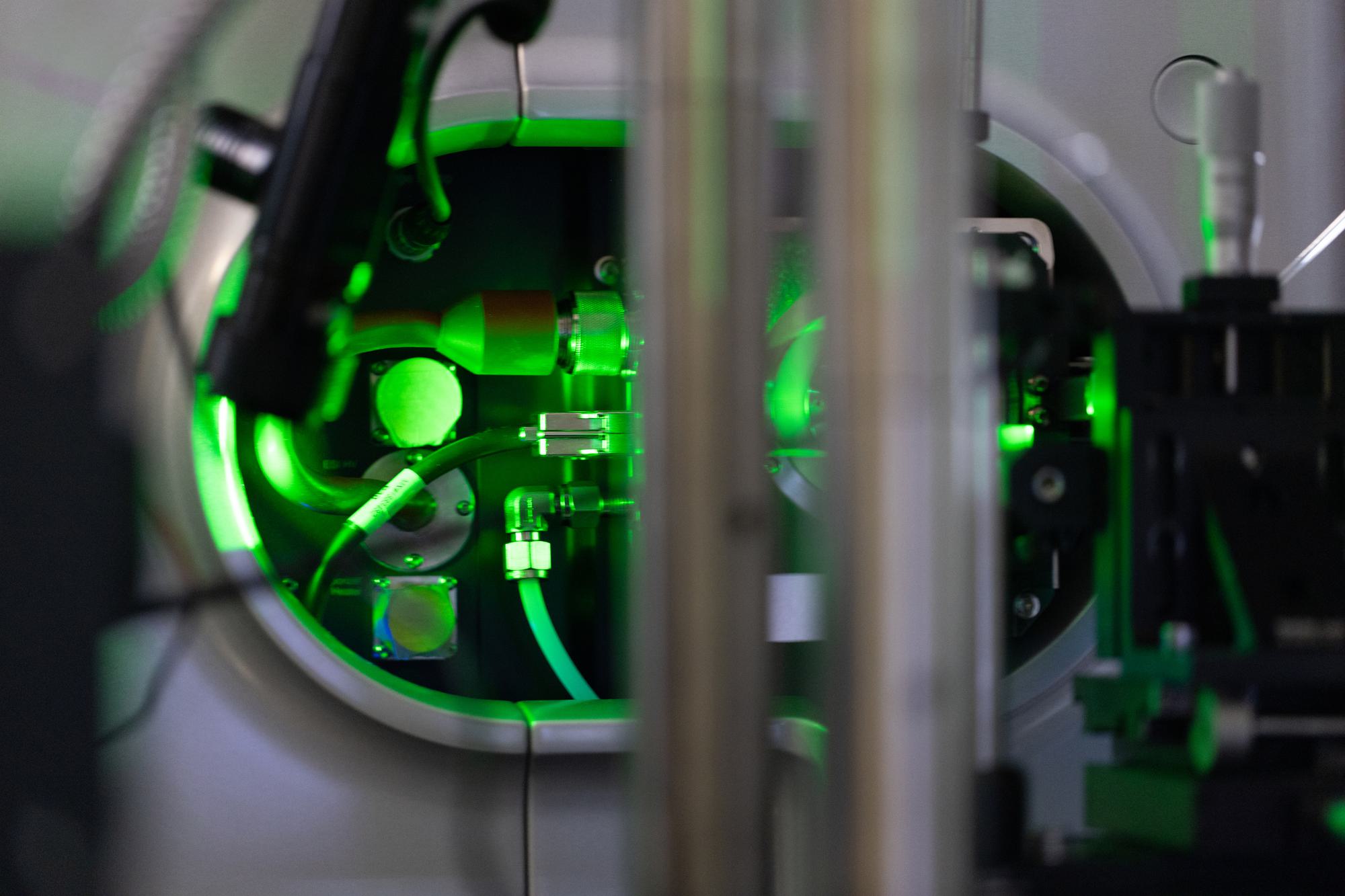
Associations between elemental metabolic dynamics and default mode network functional connectivity are altered in autism.
Journal of Clinical Medicine
doi: 10.3390/jcm12031022
Associations between elemental metabolic dynamics and default mode network functional connectivity are altered in autism.

Associations between elemental metabolic dynamics and default mode network functional connectivity are altered in autism.
This study compared StrandDx-ASD to fMRI measurements in children with and without autism. The researchers found this non-genomic diagnostic identified brain function changes based on biochemical signatures in hair, showing hair biomarkers correlate with quantitative brain function measures associated with autism.




